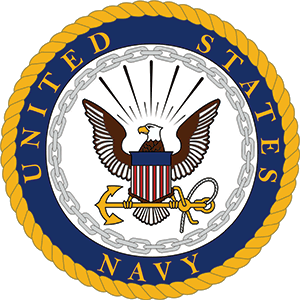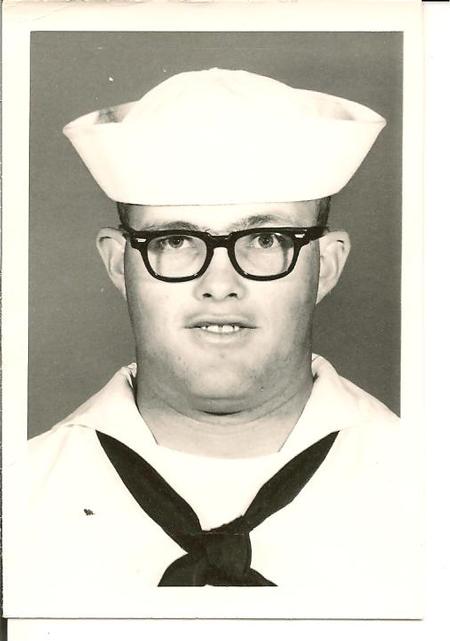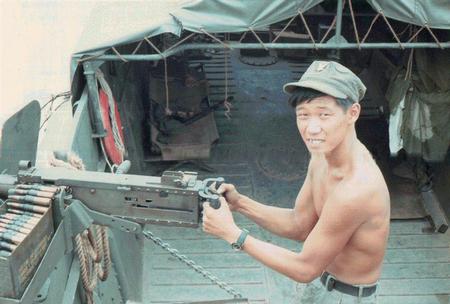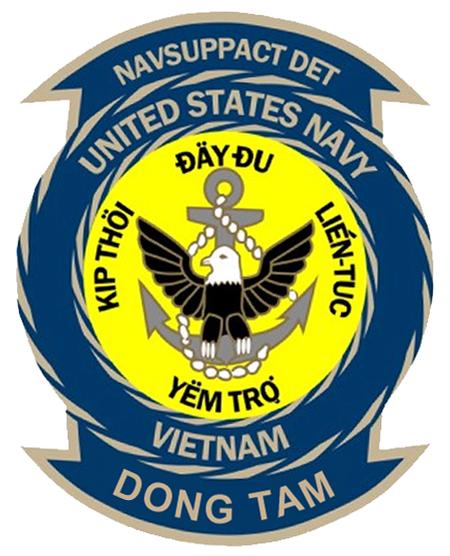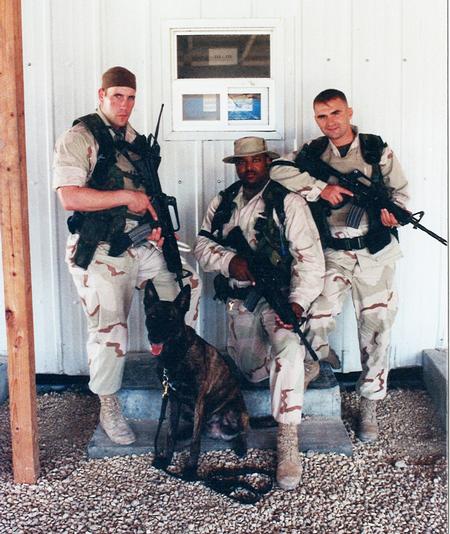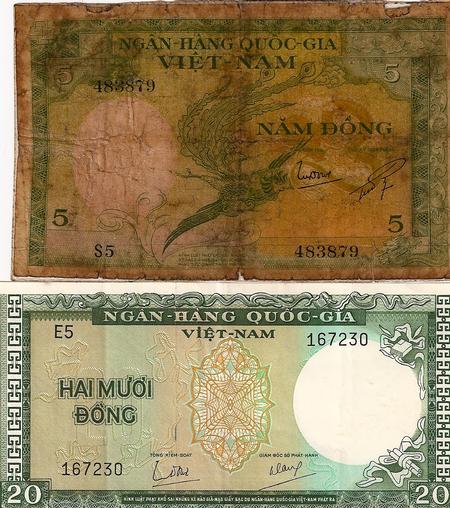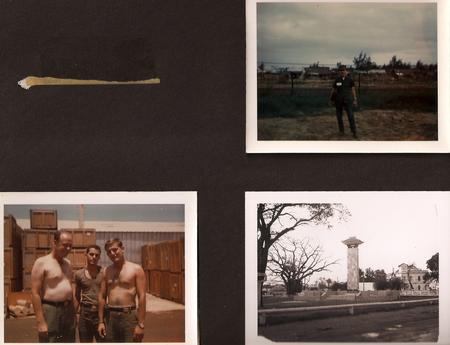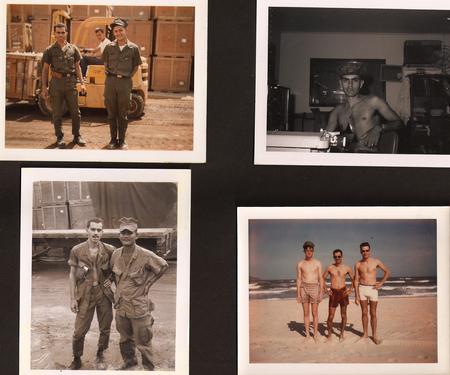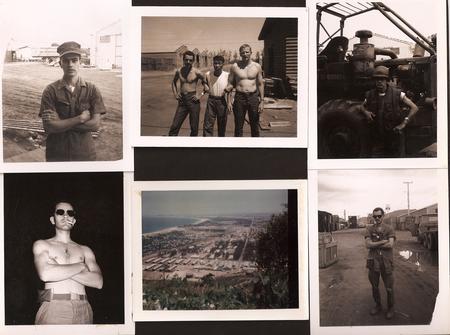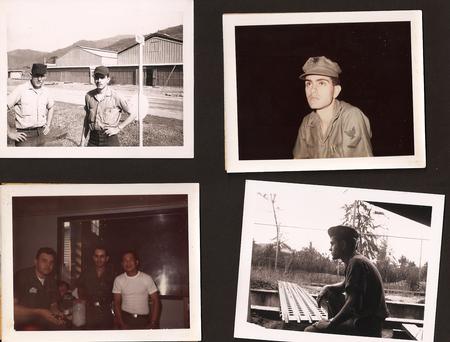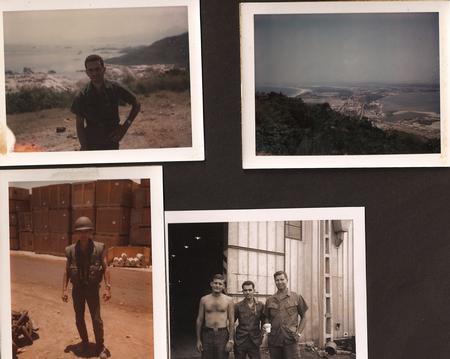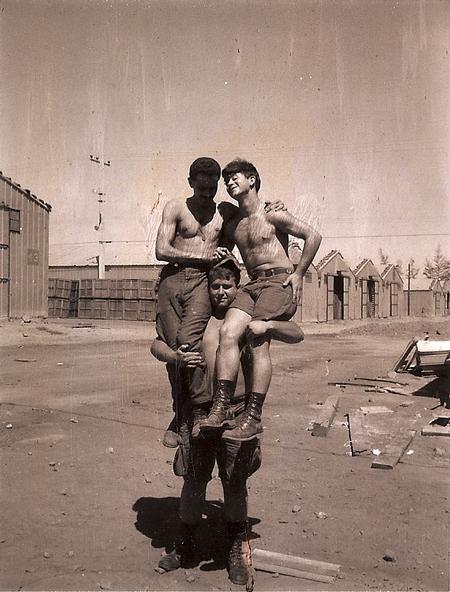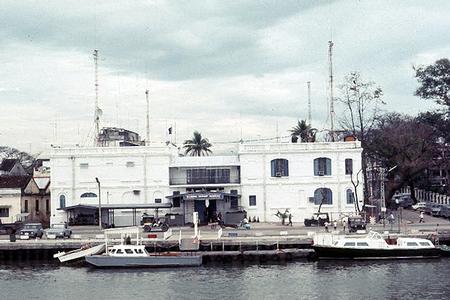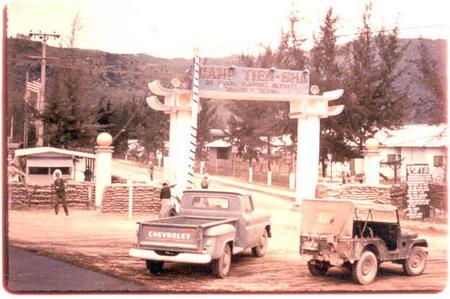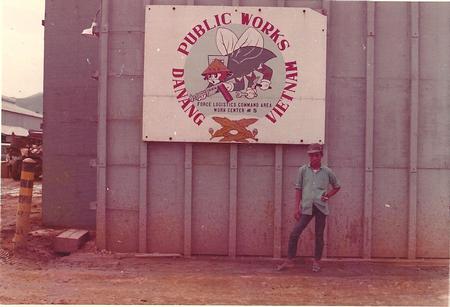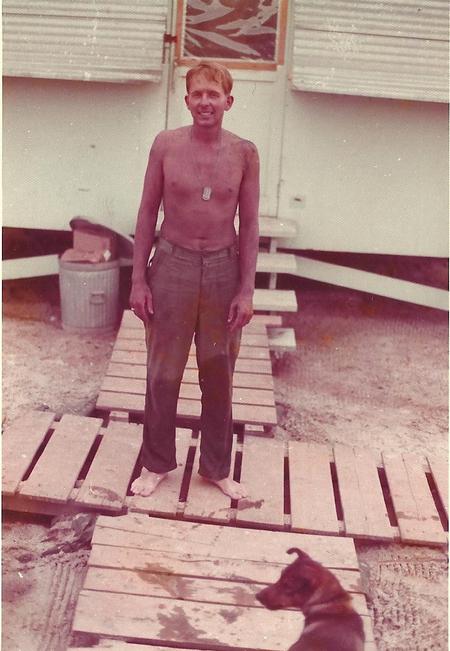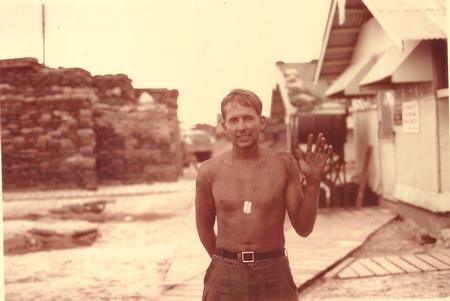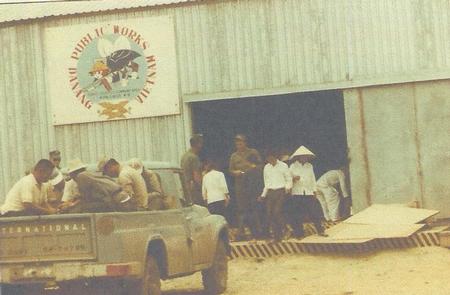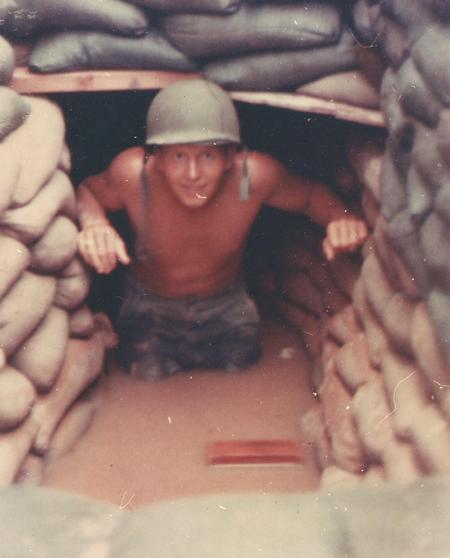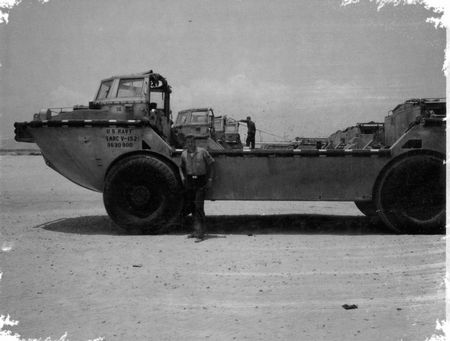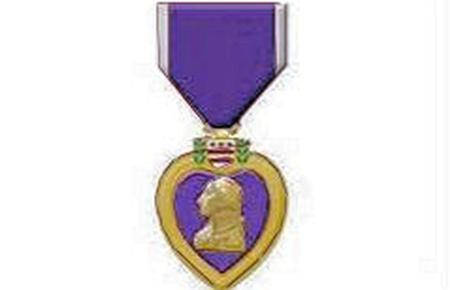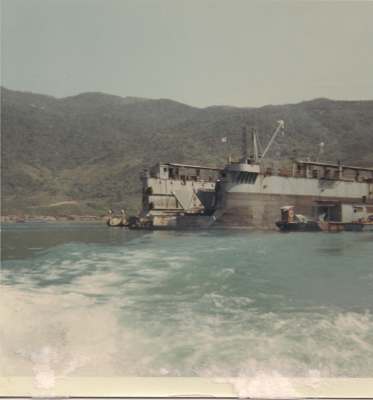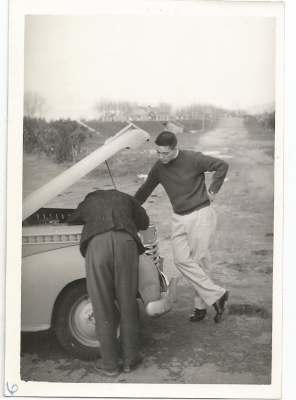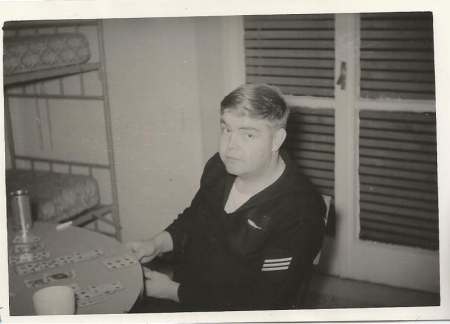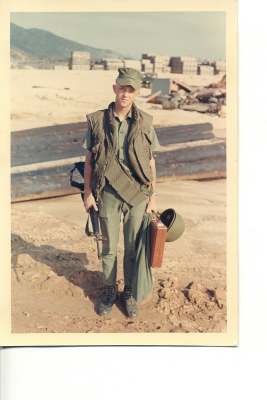ABOUT NSA DET NHA BE
- NSA DET NHA BE: The Naval Support Activity Detachment Nha Be (NSA DET NHA BE) was a critical U.S. Navy logistics and support base located southeast of Saigon (now Ho Chi Minh City) in South Vietnam, established in 1966 during the Vietnam War.
- Strategic Location: The base was positioned on the Nha Be River, where the Long Tau and Soai Rap rivers merged, making it a vital point for riverine operations and supply lines into Saigon.
- Brown Water Navy Hub: NSA DET NHA BE served as a primary base for the "Brown Water Navy" (U.S. Navy riverine forces), supporting patrol boat operations, minesweeping, and logistics throughout the Mekong Delta region.
- Home to PBRs and Swift Boats: The base supported Patrol Boat, River (PBR) units and Swift Boats (PCFs), which conducted counterinsurgency patrols, interdiction, and troop transport missions along South Vietnam’s waterways.
- Mine Warfare: Nha Be was the headquarters for Mine Squadron 11, Detachment Alpha, whose mission was to clear the Long Tau shipping channel of Viet Cong mines to keep Saigon’s vital supply lifeline open.
- Frequent Attacks: NSA DET NHA BE was subjected to frequent enemy attacks, including mortar and rocket fire, due to its strategic importance and proximity to Viet Cong strongholds.
- Amphibious Base: The base was constructed partly on land reclaimed from mangrove swamps, with floating piers and extensive infrastructure to support a wide variety of vessels and operations.
- Vietnamization and Turnover: As part of the Vietnamization policy, control of the base was gradually transferred to the Republic of Vietnam Navy (RVNN) in the early 1970s as U.S. forces withdrew.
- Medal of Honor Recipient: Boatswain’s Mate First Class James E. Williams, who operated from Nha Be with River Section 531, earned the Medal of Honor in 1966 for extraordinary heroism during a fierce river engagement.
- Legacy: After the war, the area formerly occupied by NSA DET NHA BE was repurposed by Vietnamese authorities, but the memory of the base endures among veterans and in military history for its role in riverine warfare.

